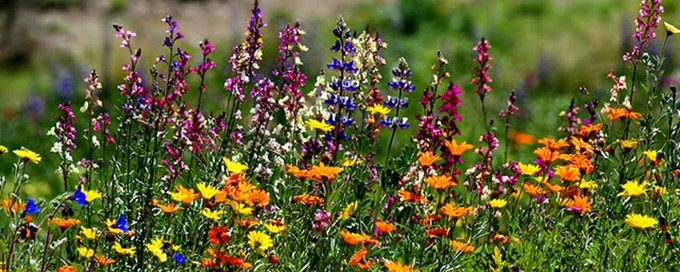Gardener’s Diary – February 2014
GET SET FOR SPRING
Now is the time to get prepared! You should take some time to check your equipment, making sure to replace or repair any old or damaged items. You should also clean the greenhouse using a suitable disinfectant such as Jeyes Fluid. Make sure to clean the glass well so you get as much light through as possible.

PREPARE YOUR SEED POTATOES
Prepare your seed potatoes now for planting later. Planting can take place as soon as the risk of frost has passed during spring, March – May. Harvesting can take place at different times of the year depending on the type of crop. To get your potatoes off to a good start, it is recommended that you ‘chit’ them before planting. This allows strong chits (sprouts) to develop on the tubers before plating. this process is not essential for Main Crop varieties but is strongly recommended for First Earlies and is advised for Salad Varieties and Second Earlies.
To ‘chit’ seed potatoes, place them just touching in a seed tray with the ‘rose’ end (where most of the ‘eyes’ are) facing upwards. It is these eyes that will form the chits. Place the trays in a cool, frost-free environment with a temperature of around 45 degree F / 7 degree C.
The aim of chitting is to produce plump, dark green or purple shoots about 1in/2.5cm long. Long, white shoots are a sign of too much heat and not enough light. If shoots are slow to appear, about 3 weeks before planting, move the tubers to a warmer position for a couple of weeks and then back to the original, cooler place for the final week.
Harvesting
First Earlies: June – July
Second Earlies: July – September
Main Crop: September – October

GET SOWING
Many flowers and vegetables need germinating now so choose your favourites and start sowing. Choose a suitable seed compost such as John Innes Seed Soil-Based Compost – this is suitable for flowers, herbs and vegetables and is finely textured to suit seeds and cuttings. Start by sowing indoors or in a heated greenhouse and begin planting outside once the risk of frost has passed.

KNOW YOUR ONIONS
Onion sets are now available in-store for spring planting. Onions require a well-prepared bed to achieve good growth, so make sure you have thoroughly dug over the site with a fork. Remove any weeds from the site and add general fertilizer to improve yields.

BE PREPARED FOR THE ICE
Rock salt, snow shovels and windscreen protectors are a must if you want to be safe this winter. We have many snow shovels available, but if you are short on space, we would recommend the telescopic emergency snow shovel. This shovel is perfect to keep in a cupboard or in the boot of your car.
PROTECT PONDS DURING WINTER
Cover the pond with a pond net to protect from leaves and debris and don’t forget a pond heater. Pond heaters are recommended for protection against the frost. If your pond freezes over completely, gases and toxins will build up under the ice causing harm to your fish. A pond heater simply leaves a small area of water unfrozen for these gases to escape. See –Bermuda pond heater, Oase IceFree 20 and Hozelock pond heater.

.
Come down to our Leicestershire Garden Centre and speak with our helpful team for more advice..
Published February 5th, 2014 by Joshua. Article ref 2279
Tags: flowers, garden, Garden Care, gardening, plants, seeds, spring, winter care
« Romantic Plants to Give this Valentine’s Day | Vegetables to sow in February »


